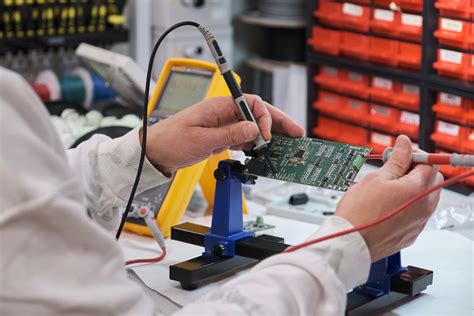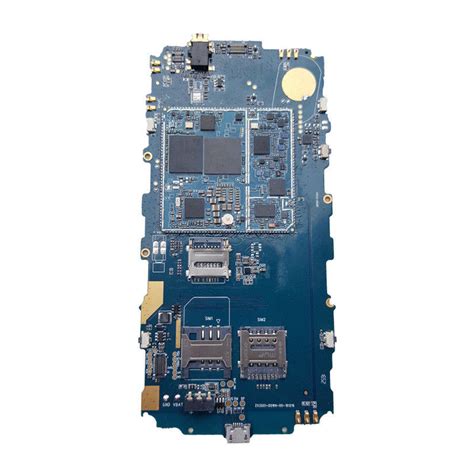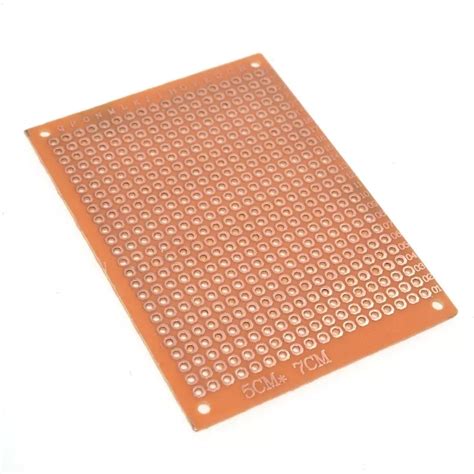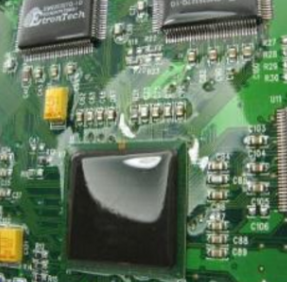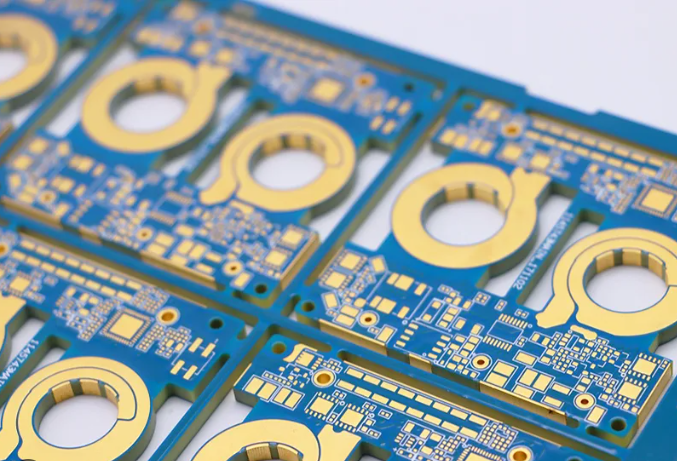Optimizing Manufacturing with Cutting-Edge Automated Electronics Assembly
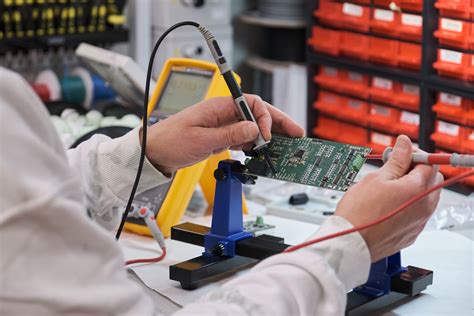
Key Takeaways
The landscape of modern manufacturing is undergoing a transformation through automated electronics assembly, particularly in the realm of PCB assembly and PCBA. By adopting these advanced methods, manufacturers can significantly enhance their operational efficiency and accuracy. The integration of robotics and artificial intelligence in automated electronics assembly allows for the precise placement of components, drastically reducing the chances of human error and ensuring consistent quality throughout production. Furthermore, techniques such as pick-and-place systems have optimized the loading process, enabling faster turnaround times for products. The seamless interplay between technology and human oversight creates a synergistic environment, fostering improved productivity and increased throughput. Companies that implement these cutting-edge solutions are not only able to keep pace with industry demand but also position themselves with a competitive edge. Ultimately, by embracing automated electronics assembly, businesses can anticipate and adapt to market shifts while maintaining high standards in their manufacturing processes. This evolution signifies a pivotal step towards the future of efficient production within the electronics industry.

Introduction to Automated Electronics Assembly: The Future of Manufacturing
The automated electronics assembly process, including pcb assembly and pcba, represents a pivotal shift in how manufacturers approach the production and integration of electronic components. This innovation not only enhances the pace of manufacturing but also improves accuracy and efficiency across various production lines. With the rising demand for intricate electronic devices, companies are turning to automation to streamline their operations. Automated systems facilitate the precise placement of components, reducing the risk of human error that can occur in manual assembly. Furthermore, these advancements allow for real-time monitoring and adjustments, ensuring that production meets industry standards while maintaining a competitive edge. As firms continue to adopt modern technologies in their assembly lines, they are witnessing significant improvements in product quality and overall productivity. The future of manufacturing is undoubtedly leaning towards greater reliance on automated electronics assembly, marking a new era where efficiency and innovation converge seamlessly in the electronics industry.
Key Technologies Driving Efficiency in Automated Electronics Assembly
The landscape of automated electronics assembly is rapidly evolving, driven by a series of key technologies that enhance production efficiency. At the forefront is the integration of robotics and machine learning, which allows for real-time process adjustments based on performance data. This leads to significant improvements in pcb assembly processes, ensuring precision and reducing waste. Advanced vision systems enable systems to detect defects during the production cycle, enhancing quality control and thereby contributing to lower rework rates and increased throughput.
Furthermore, innovations in internet of things (IoT) connectivity facilitate seamless communication between machines and systems on the factory floor. This connectivity supports predictive maintenance by allowing operators to anticipate issues before they escalate, optimizing downtimes and extending equipment life. In addition, flexible manufacturing systems utilize modular setups that can be quickly adapted to varying product lines without major disruption—this flexibility is especially beneficial for processing diverse pcba designs.
| Technology | Benefits |
|---|---|
| Robotics | Increases speed and accuracy |
| Machine Learning | Enhances decision-making capabilities |
| Vision Systems | Improves quality control |
| IoT Connectivity | Facilitates predictive maintenance |
| Flexible Manufacturing | Allows quick adaptation to product changes |
“Adopting new technologies not only enhances efficiency but also paves the way for future innovations.”
By leveraging these advanced technologies, organizations can achieve a substantial competitive edge in the electronics industry, transitioning from traditional methods to smart manufacturing solutions that are agile, efficient, and capable of meeting evolving market demands. Through continuous exploration of these technologies, manufacturers can ensure that their operations remain not just relevant but also leaders in the marketplace.
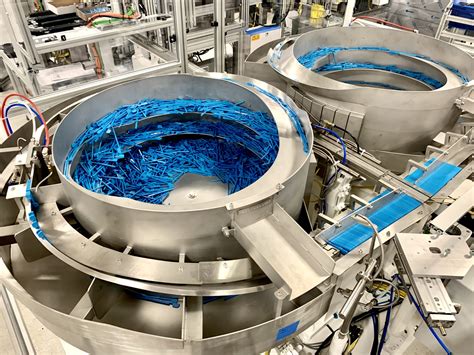
Innovative Techniques for Enhanced Productivity in Electronics Manufacturing
The landscape of electronics manufacturing is undergoing a transformative change, largely due to automated electronics assembly processes that significantly enhance productivity. One of the innovative techniques that have emerged is the use of flexible automation, which allows for rapid changeovers and adaptation to varied production demands without extensive downtime. This flexibility is especially beneficial in pcb assembly, where production runs can vary in size and complexity. By employing sophisticated robotics and machine learning algorithms, manufacturers can optimize workflows, reduce human error, and achieve greater precision in pcba processes.
Moreover, the integration of Internet of Things (IoT) technologies into assembly lines provides real-time data collection and analysis, enabling proactive decision-making to fine-tune operations. This leads to accelerated production cycles while maintaining high-quality standards. Additionally, the implementation of smart diagnostics within automated systems helps identify bottlenecks swiftly, allowing for immediate remediation actions.
These innovations collectively contribute to a streamlined manufacturing process that not only improves output but also drives down costs. As a result, manufacturers incorporating these advanced techniques can realize a competitive advantage in an ever-evolving market, where efficiency is paramount. Thus, embracing such cutting-edge practices in automated electronics assembly not only enhances productivity but also sets the stage for sustained growth and innovation within the industry.
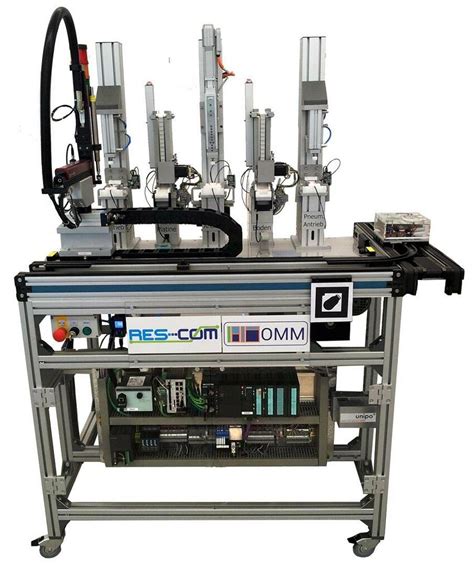
Seamless Integration of Technology in Production Processes
The evolution of automated electronics assembly has enabled a more seamless integration of technology within production processes, significantly enhancing the efficiency of pcb assembly and pcba operations. This integration facilitates the use of advanced systems such as robotics, AI-driven automation, and IoT devices that work together to streamline various stages of manufacturing. Each component of the manufacturing line is now interconnected, allowing for real-time data exchange and better decision-making. The ability to adapt quickly to changing demands is crucial in today’s fast-paced electronics industry, and the adoption of automated solutions enables manufacturers to respond with agility. Furthermore, employing sophisticated software for process monitoring and control ensures that quality standards are maintained throughout production. This synergy not only reduces lead times but also minimizes errors that can arise from manual interventions. As a result, companies leveraging these advanced technologies gain a significant edge over their competitors, positioning themselves favorably in an increasingly competitive market landscape.
Competitive Advantages of Implementing Automated Solutions
Implementing automated electronics assembly solutions brings significant competitive advantages that can transform the landscape of manufacturing in the electronics sector. One major benefit is the improved accuracy and consistency of pcb assembly processes. Automated systems greatly reduce the potential for human error, ensuring that each pcba meets stringent quality standards. This reliability not only enhances product quality but also leads to lower production costs over time as mistakes and defects become increasingly rare.
Moreover, automation allows manufacturers to streamline their operations, resulting in faster turnaround times—an essential factor in today’s fast-paced market. With advanced technologies such as robotics and artificial intelligence integrated into the assembly line, organizations can adjust their production schedules to respond swiftly to changing demand, thereby optimizing resource allocation.
Another noteworthy advantage is enhanced flexibility. Automated solutions can be programmed to handle various product lines without needing extensive reconfiguration, making it easier for manufacturers to pivot towards new product designs or innovations quickly. This adaptability is crucial in retaining a competitive edge, especially within a rapidly evolving electronics market.
Additionally, automating the assembly process can lead to significant cost reductions in labor and overhead expenses. While initial investments may be substantial, over time, savings gained from increased efficiency and productivity can lead to substantial profit margins.
Ultimately, the integration of automation in electronics assembly not only boosts productivity but also positions businesses at the forefront of innovation, helping them stand out amidst fierce competition while preparing them for future challenges in the ever-changing manufacturing environment.
Case Studies: Successful Implementation of Automated Assembly
The journey towards automated electronics assembly has been illuminating, showcasing various pcb assembly implementations that significantly enhance manufacturing processes. One notable case is a leading electronics manufacturer that adopted advanced pcba techniques to streamline its production line. By integrating state-of-the-art robotics and machine learning algorithms in their assembly operations, they reported a dramatic increase in output while simultaneously reducing errors. Another example highlights a mid-sized firm that implemented an automated testing phase within their pcb assembly workflow. This not only improved product quality but also reduced the time-to-market by up to 30%. These case studies underscore the transformative power of automated solutions, revealing that the integration of technology fosters enhanced productivity and efficiency across different scales of operations in the electronics industry. As organizations continue to pivot towards automation, they establish a competitive advantage, positioning themselves as leaders in an increasingly dynamic market.

Challenges and Solutions in Adopting Automated Electronics Assembly
As the industry embraces the shift to automated electronics assembly, companies often encounter various challenges that need to be addressed to ensure a smooth transition. One significant hurdle is the initial investment cost associated with implementing advanced machinery and software systems that facilitate pcb assembly processes. Nonetheless, businesses can derive substantial benefits from automating their assembly processes, especially in pcba (printed circuit board assembly), where precision is paramount.
To mitigate these costs, manufacturers can explore leasing or financing options, allowing them to spread out the investment over time while still reaping the rewards of enhanced efficiency. Furthermore, training employees to effectively operate and maintain new technologies proves essential. A well-trained workforce not only ensures optimal machine performance but also fosters a culture of innovation within the company.
Another challenge lies in integrating automated systems with existing production lines. Often, legacy equipment struggles to communicate with newer technologies, creating bottlenecks and inefficiencies. Solutions such as modular systems that allow for gradual upgrades or employing middleware can significantly ease these integration issues. By tackling these challenges head-on with effective strategies, manufacturers can harness the full potential of automated electronics assembly, ultimately leading to greater productivity and a competitive edge in the fast-evolving electronics landscape.
The Future Landscape of Manufacturing in the Electronics Industry
As the demand for high-quality electronics continues to rise, the landscape of manufacturing in this sector is undergoing a notable transformation, primarily driven by automated electronics assembly. This evolution centers around pcb assembly and its enhanced variant pcba, which not only streamline production processes but also ensure higher precision and lower error rates. The integration of cutting-edge technologies such as robotics, machine learning, and AI plays a crucial role in reshaping manufacturing principles. For instance, advanced automation techniques allow for real-time quality checks and adjustments during the assembly process, thereby minimizing waste and improving overall efficiency. Additionally, as competition intensifies within the electronics industry, manufacturers leveraging these innovative techniques gain a significant edge by optimizing their workflows and reducing operational costs. The future promises a manufacturing environment where pcba processes are seamlessly integrated with smart technologies, fostering not just productivity but also sustainability in operations. Companies that adopt these advancements are poised to redefine their market potential and respond more adeptly to evolving consumer demands.
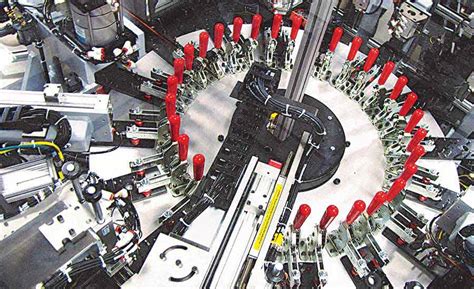
Conclusion
In summary, the shift towards automated electronics assembly marks a significant evolution in the manufacturing landscape, particularly within the electronics industry. This transition not only streamlines production workflows but also enhances overall efficiency and productivity. Techniques such as advanced pcb assembly processes and integrated software systems optimize the handling and assembly of components, allowing manufacturers to achieve high-quality pcba output with minimal human intervention. Moreover, the adaptability of these automated solutions provides businesses with a competitive advantage, empowering them to respond swiftly to market demands while maintaining cost-effectiveness. As technology continues to advance, it is clear that embracing automation will be essential for manufacturers aiming to thrive in an increasingly fast-paced and competitive environment. In this transformation, understanding and overcoming the challenges associated with the adoption of automated systems will be critical in unlocking further potential gains across production lines. The future of manufacturing is bright, driven by innovations in automated electronics assembly that promise both energy efficiency and a commitment to quality standards essential for business success.
FAQs
What is automated electronics assembly?
Automated electronics assembly refers to the use of advanced technologies and systems to assemble pcb assembly components in the electronics manufacturing process. This method enhances speed, consistency, and efficiency, minimizing the need for manual intervention.
How does automated electronics assembly improve productivity?
By utilizing robotics and automation, manufacturers can significantly reduce production times. Automated pcba lines can operate continuously without breaks, which leads to a drastic increase in output compared to traditional manual methods.
What are some key technologies used in automated electronics assembly?
Technologies such as surface mount technology (SMT), robotic arms, pick-and-place machines, and automated optical inspection are just a few examples. These innovations help ensure precision in pcb assembly, reducing errors and waste during production.
Are there any challenges to implementing automated assembly solutions?
Yes, initial setup costs and technical complexities can pose challenges. However, investing in automation often results in long-term gains through improved throughput and reduced labor costs over time.
What competitive advantages does automated electronics assembly offer?
Companies that adopt automated solutions typically see enhanced product quality, greater efficiency, and quicker time-to-market. These factors enable businesses to maintain a competitive edge in the fast-paced electronics industry.

